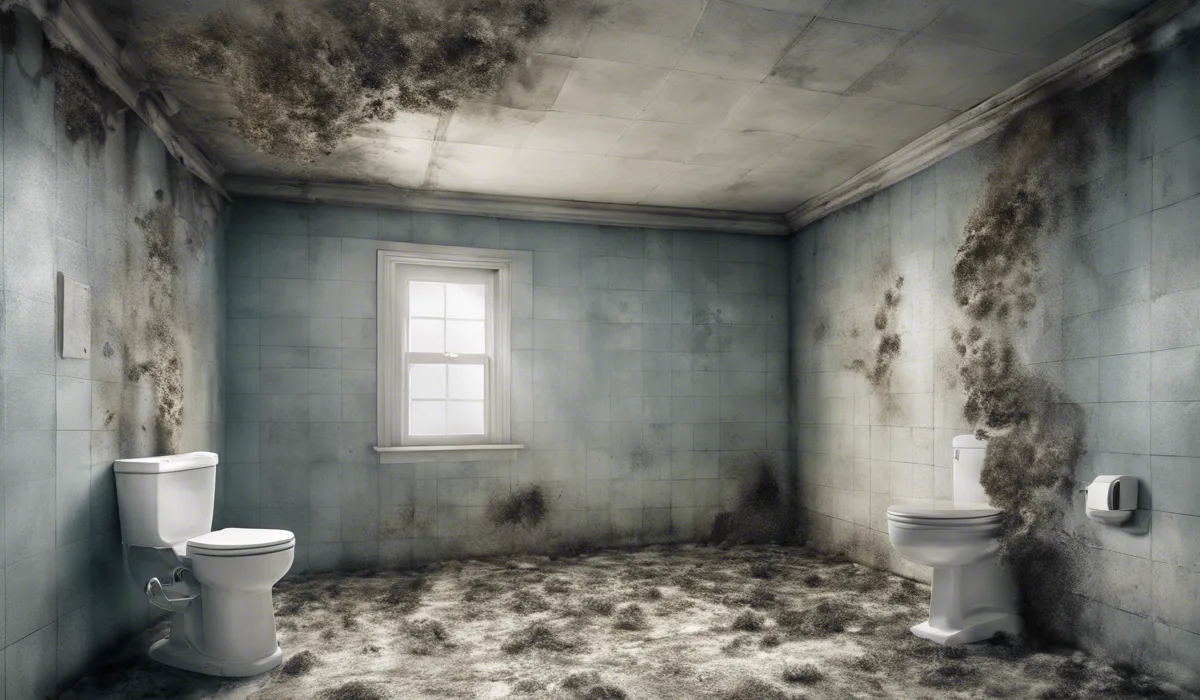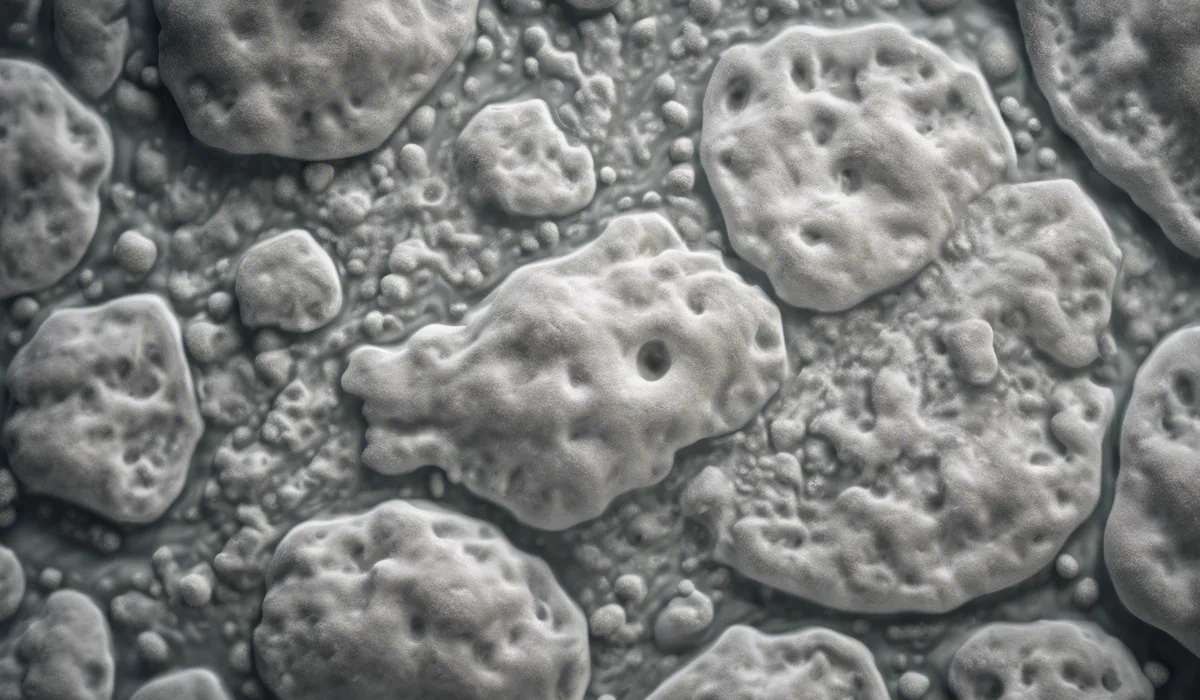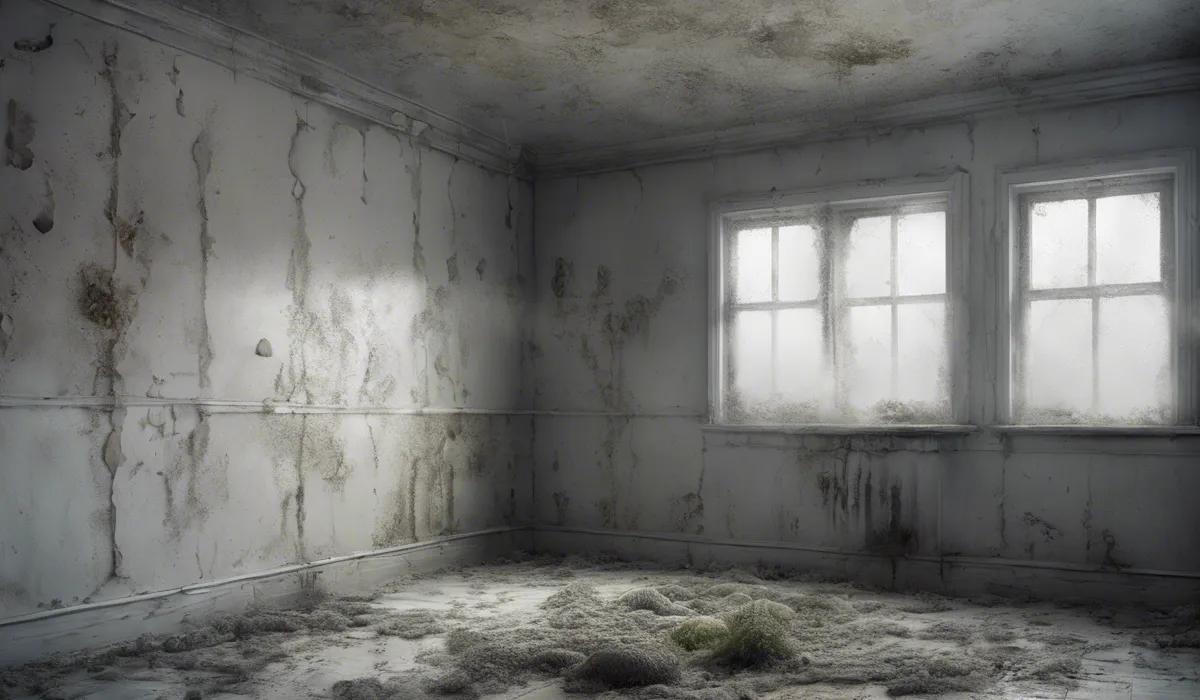Breathing in mold typically doesn’t kill, but it can cause serious health issues, especially in those with compromised immune systems or mold allergies. Prolonged exposure can lead to respiratory problems or exacerbate existing conditions. Immediate death from mold inhalation is extremely rare.
Health Risks Associated with Mold Exposure

Brief Overview of Mold
Mold is a type of fungus that grows in damp environments. It reproduces by releasing spores into the air, which can settle and grow on various surfaces.
Common types of mold found in homes include Aspergillus, Cladosporium, and Stachybotrys, often called black mold.
Molds are not always harmful, but they can cause problems when they grow uncontrollably.
Explanation of Mycotoxins
Mycotoxins are toxic substances produced by some types of mold. These toxins can cause a range of health issues when people are exposed to them through inhalation, ingestion, or skin contact.
Mycotoxins can irritate skin, harm the respiratory system, and in severe cases, affect the nervous system and other organs.
Short-term Health Effects of Mold Exposure
When someone breathes in mold, they might experience allergic reactions such as sneezing, itching, runny nose, and red eyes.
Some people may have asthma attacks, and those with chronic respiratory conditions could see their symptoms worsen.
Long-term Health Risks and Complications
Chronic exposure to mold can lead to more serious health problems. This includes persistent respiratory issues, such as chronic bronchitis, and may also lead to immune system disorders and certain lung infections.
Prolonged exposure to mycotoxins is particularly concerning and can contribute to long-term health complications.
Vulnerable Populations
Children, the elderly, and people with compromised immune systems are more vulnerable to mold exposure.
These individuals may experience more severe symptoms and are at a higher risk of developing chronic conditions as a result of mold exposure.
Cases of Severe Reactions and Fatalities
Severe reactions to mold are rare but can occur. In some cases, people have suffered from life-threatening respiratory distress or infections.
Fatalities related to mold exposure are extremely rare and typically involve individuals with severe allergies or pre-existing health conditions that are exacerbated by the mold.
Understanding the Likelihood of Death from Mold Inhalation

Statistics on Mold-Related Health Issues and Mortality
Although precise statistics on deaths caused by mold exposure are not commonly available, the incidence of serious health issues resulting from mold is low.
The majority of mold exposures do not result in life-threatening conditions.
Factors Influencing Severity of Mold Exposure
The type of mold, duration of exposure, and the individual’s health status are critical factors that determine the severity of mold exposure.
Some molds produce more potent mycotoxins and can cause more severe health effects. Prolonged exposure and pre-existing health conditions also increase the risk of significant health problems.
Comparison with Other Household Hazards
Mold is one of several household hazards that can affect health. However, compared to dangers like carbon monoxide, lead paint, or chemical fumes, the likelihood of death from mold is considerably lower.
Mold-related health problems are typically less acute than those caused by these other hazards.
Medical Studies on Extreme Cases of Mold Exposure
Medical studies have documented extreme cases of mold exposure, such as those involving toxic black mold that led to severe health issues.
These cases are rare and often involve unusual circumstances or particularly vulnerable individuals.
A review of these studies indicates that immediate death from mold inhalation is highly unlikely.
Prevention and Remediation Strategies

Tips for Preventing Mold Growth
Preventing mold growth starts with controlling moisture in your home. Fix leaks, dry wet areas promptly, and use dehumidifiers to keep humidity levels in check.
Regular cleaning and using mold-resistant products can also help prevent mold from taking hold.
Importance of Proper Ventilation and Humidity Control
Good ventilation is crucial for preventing mold growth. Ensure that areas like bathrooms and kitchens, where moisture is common, are well-ventilated.
Maintaining indoor humidity levels below 50% can significantly reduce the risk of mold development.
Steps to Take If You Discover Mold
If you find mold in your home, identify and rectify the moisture source. Clean small areas of mold with soap and water, but for larger infestations, consider hiring a professional. Always wear protective gear when cleaning mold.
When to Call a Professional for Mold Remediation?
For mold covering more than a few square feet, or if the mold comes back after cleaning, it’s time to call a professional.
They have the equipment and expertise to safely remove the mold and prevent it from returning.
Personal Protective Equipment and Safe Cleaning Practices
When cleaning mold, wear gloves, goggles, and a mask to protect yourself from spores. Never mix bleach with ammonia or other cleaners, and ensure the area is well-ventilated.
For peace of mind and safety, consider engaging a professional for significant mold issues.
FAQs About Breathing in Mold
Can breathing in mold cause immediate death?
Immediate death from mold inhalation is extremely rare.
What health issues can result from breathing in mold?
Breathing in mold can cause serious health issues, including respiratory problems, and can exacerbate existing conditions, particularly in those with mold allergies or compromised immune systems.
Is it safe for people with compromised immune systems to be around mold?
People with compromised immune systems are at a higher risk of serious health issues from mold exposure and should avoid environments with mold.
Can prolonged exposure to mold be harmful?
Prolonged exposure to mold can lead to significant respiratory issues and other health problems.
Are mold allergies a serious concern when it comes to mold exposure?
Yes, individuals with mold allergies may experience more severe reactions to mold exposure.
Final Thoughts
Breathing in mold is unlikely to be fatal, but it poses significant health risks, particularly for individuals with weakened immune systems or mold allergies.
Chronic exposure can lead to respiratory complications and may worsen pre-existing health issues.
Although acute mold inhalation causing death is highly uncommon, the health implications of mold exposure should not be underestimated.
